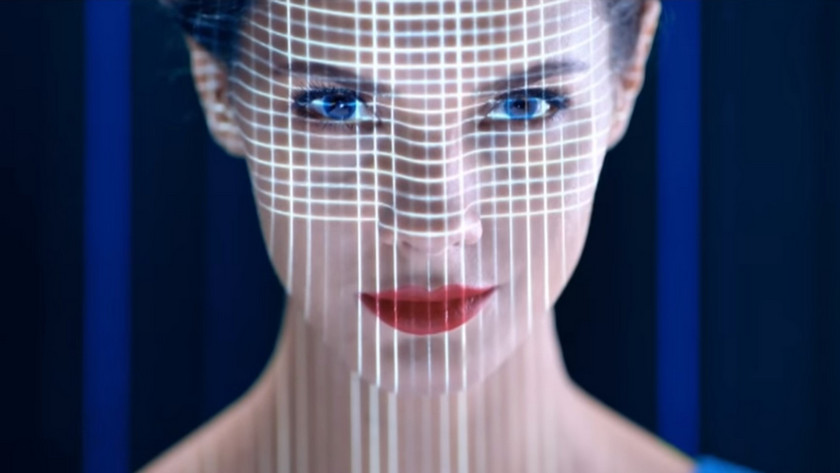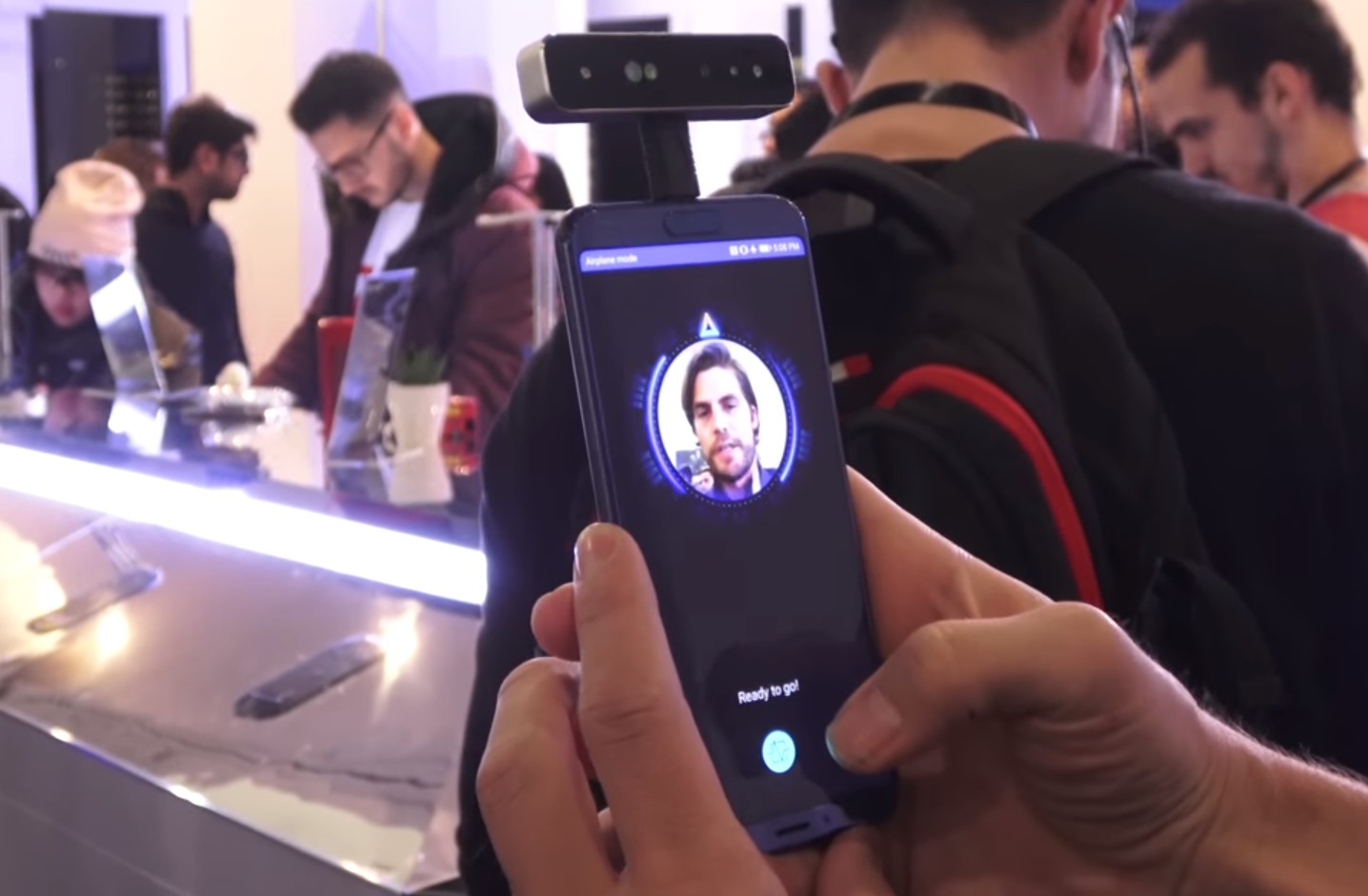Android-smartphones will receive a 3D face scanner not before 2019

Despite rumors about the imminent release of Android flagships with the function of 3D-face recognition, KGI Securities analyst Min-chi Kuo is confident that such models should wait only in 2019, and the first on the list is the Chinese giant Huawei.
Two technologies

Huawei announced its version of a face scanner with an animoji analog last year, and later showed a prototype in the form of a plug-in (shown above). According to the expert, in the first version the company will use the analogue camera Apple TrueDepth with the laser system VCSEL. It projects thousands of points in the infrared spectrum and compares the resulting image with the saved face model of the user.
In the future, Huawei will switch to more affordable Time-of-Flight technology. The first ToF-scanners will appear in the second or third quarter of 2019. They measure the flight time of the laser beam, which reaches the object and is reflected back, thus creating a depth map.
If the suppliers can establish a mass production component, Huawei's example will be followed by other manufacturers of Android-smartphones. Rumors also reported that Apple could add the ToF-sensor to the main iPhone camera to work with augmented reality.
One More Thing ...
Recently Reuters interviewed the suppliers of the components for the face ID recognition system on the iPhone X. They confirmed that the mass distribution of 3D scanners will not begin until 2019, because in the near future everyone will be occupied by Apple orders. Representatives of the company Viavi added that at the end of this year they will begin supplying components for the second manufacturer, but in very limited quantities.
As expected, all three iPhone in 2018 will receive support for Face ID. We can also see the iPhone X 2018 will receive a 6.5-inch screen and support for two SIM cards .
Source: Apple Insider